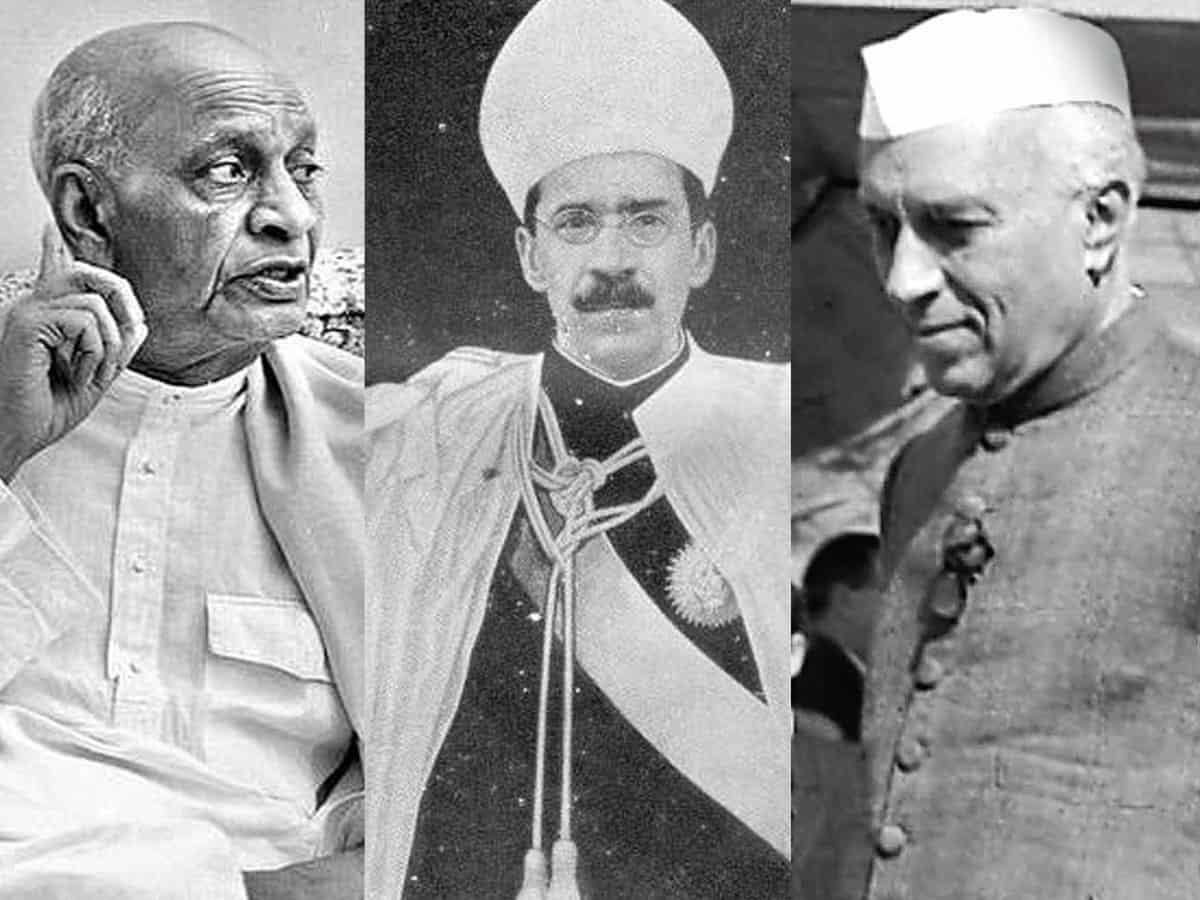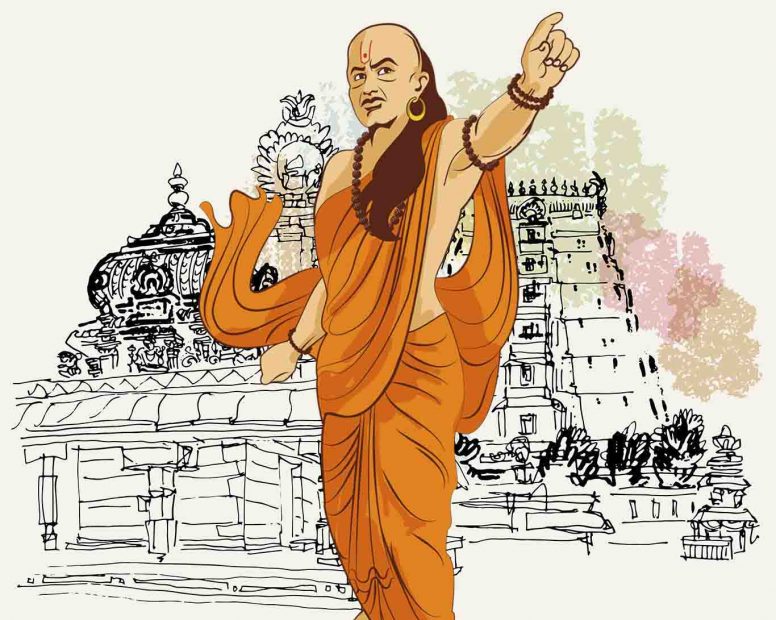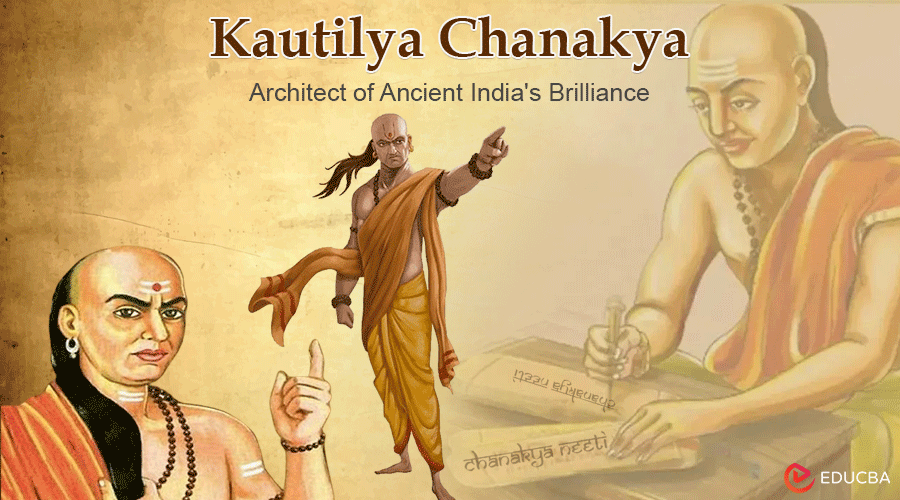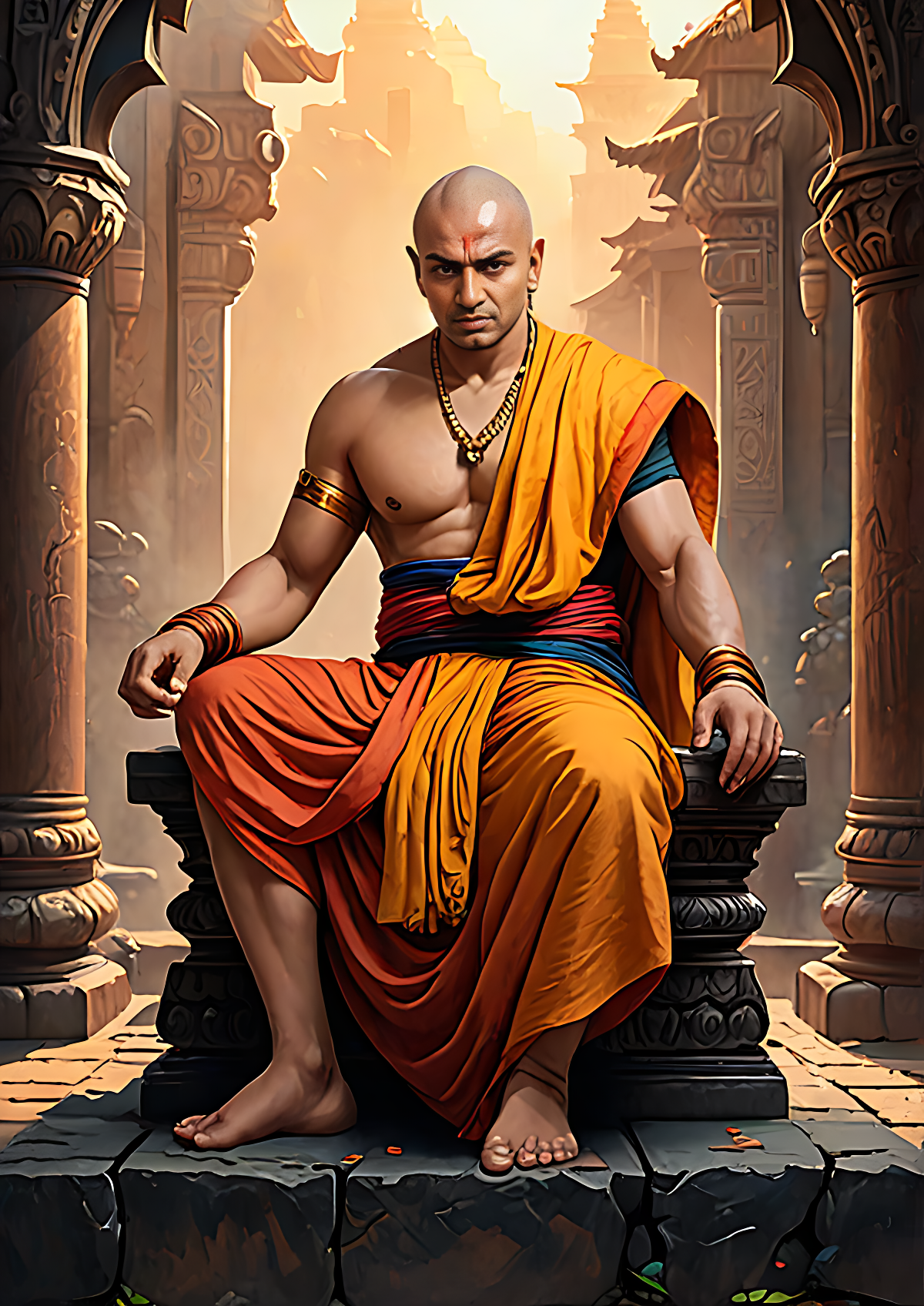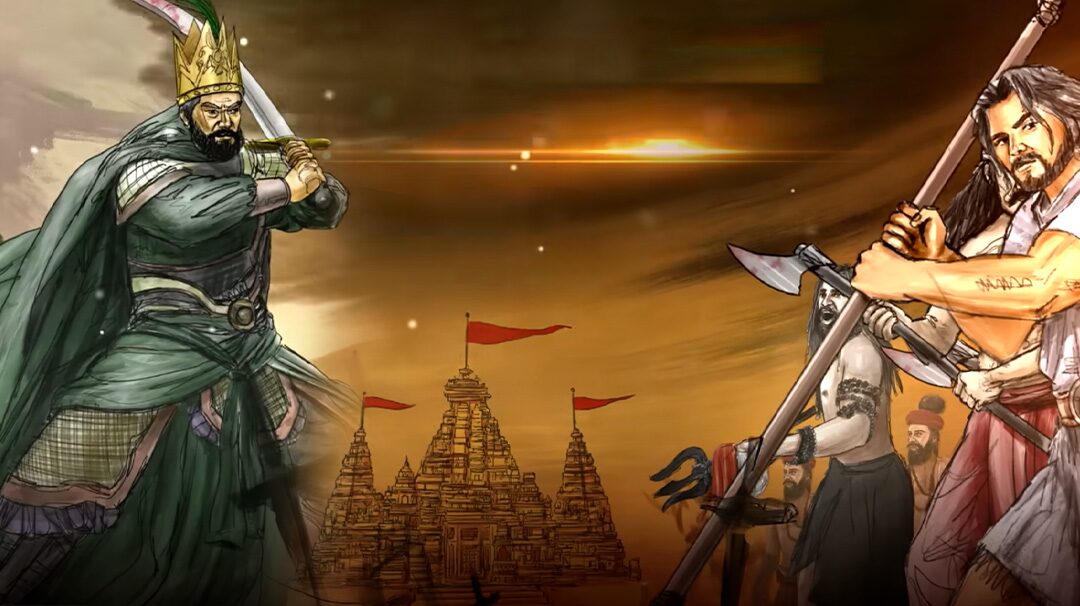
- Introduction
- The Rise of the Yamini Turks
- Mahmud’s Raids and Hindu Resistance
- The Battle of Somnath (1025 CE)
- Mahmud’s Advance to Somnath
- The Battle
- Aftermath
- The Unyielding Spirit of the Indians
Introduction
Whenever we think about the history of the Somnath temple, the name of Mahmud Ghazni immediately comes to mind. For years, we have been told that his invasion of Somnath was a complete defeat for the Indians, with no resistance from their side. However, this is not true. This account sheds light on the courageous warriors who stood up against Mahmud and his forces during the Battle of Somnath.
The Rise of the Yamini Turks
The emergence of the Yamini Turks marked a significant shift in medieval Indian history. For centuries, Indians successfully defended their land from numerous Arab invasions. However, with the establishment of Turkish rule in Ghazni (present-day Afghanistan), they now faced a new wave of aggression.
A Turkic slave named Alptigin, who served the Samanid Empire, laid the foundation of Turkish dominance over Ghazni. Once he secured the city, the region witnessed renewed invasions of neighboring kingdoms. His successor, Subuktigin, ascended the throne in 977 CE and launched several attacks on India‘s northwestern territories.
One of the first rulers to challenge the Turks was Shahi King Jayapala of Udabhandapur. Despite his fierce resistance, the Turks eventually prevailed. In 998, Mahmud Ghazni took over as the ruler of Ghazni, and hostilities between the Turks and Indians escalated further.
Mahmud first waged war against Samanid King Abd al-Malik, capturing Herat, Khurasan, and Balkh. The Caliph rewarded him with the titles “Yamin ud-Daula” and “Amin ul-Millat.” It is believed that Mahmud vowed to wage a religious war against non-Muslims every year. He decisively defeated King Jayapala and later crushed his successors, Anandpala in 1008 and Trilochanpala in 1013.
Mahmud’s Raids and Hindu Resistance
According to historian R.C. Majumdar, there is a misconception that Mahmud conducted 17 to 25 raids in India. In reality, the number is closer to 12.
- In 1009, he invaded Narayanpur (likely in Alwar), where locals fought bravely but were ultimately defeated.
- In 1011, he attacked Thaneswar and destroyed all the idols.
- In 1018-1019, he plundered Mathura, burning its temples and taking the idols to Ghazni. The destruction lasted 20 days. He then looted Kanauj, collecting 2 million dirhams, 53,000 war captives, and 350 elephants.
The Battle of Somnath (1025 CE)

The Somnath temple, as described by historians, was a magnificent structure made of large stone blocks. Its roof was supported by 56 wooden pillars and had 13 stories, topped with 14 golden domes. Inside the temple stood a Shiva Linga, measuring 7.6 feet in height and 4.6 feet in width, with about 6 feet buried beneath the base. Around 340 dancers and singers performed daily rituals in its honor, and the temple housed enormous wealth, including gold, silver, pearls, and jewels. A golden chain weighing 200 mans hung inside the chamber.
While Mahmud’s invasion of Somnath is often remembered for the destruction of the temple, many forget the fierce resistance put up by the Hindus who fought to protect their land and sacred site.
Mahmud’s Advance to Somnath
In 1025, Mahmud gathered an army of 30,000 cavalry and 200 camels carrying supplies. He marched from Multan towards Gujarat’s Kathiawar coast.
Upon reaching Lodorva, his forces were met by a small but determined Hindu army. Though vastly outnumbered, the defenders fought valiantly before being overwhelmed. The Turks then advanced to Anhilwara (Patan, Gujarat), where King Bhima I evacuated the city, knowing that his forces were no match for Mahmud’s cavalry. Some historians criticize Bhima for retreating, but others argue that it was a strategic move to minimize casualties.
At Modhera, 20,000 Hindu warriors stood against Mahmud’s army. Despite their bravery, they were ultimately defeated, clearing the way for Mahmud to reach Somnath.
The Battle
Mahmud arrived at Somnath in January 1025. He ordered his archers to attack in an attempt to drive out the temple’s defenders. The siege lasted several days, with Hindus putting up a fierce fight. The temple was protected by a strong fort, with many defenders, including Brahmins performing their final rituals before battle.
When Mahmud launched a full-scale assault, the defenders fought until evening. At nightfall, a group of Hindus inside the temple launched a surprise attack on the Turks, forcing Mahmud to temporarily retreat. The defenders quickly repaired the damaged fort walls, preparing for the next day’s battle.
On the second day, the resistance was even stronger, but Mahmud’s superior military tactics gradually wore down the defenders. On the third day, reinforcements of Kshatriya warriors arrived, leading to intense fighting. Thousands of people rushed into the temple, determined to protect their sacred idols.
Despite their heroism, Mahmud’s strategic expertise proved too much. Around 50,000 Hindus were slain. According to Persian historian Muhammad Khandamir, many ran into the temple to fight until their last breath.
Mahmud entered the temple, personally shattered the Shiva Linga, and seized wealth worth 2 million dirhams. He then had the broken pieces of the Linga taken to Ghazni, where they were placed on the steps of the Jami Mosque.
Aftermath

The destruction of Somnath left Indians deeply shaken, prompting them to launch a final assault on Mahmud’s retreating army. Realizing the risk, Mahmud chose an alternative route through Kutch and Sindh.
During the retreat, a Hindu devotee of Somnath tricked Mahmud’s army into an inhospitable desert without water for three days. When Mahmud realized the deception, he killed the guide and changed course.
As Mahmud neared Sindh, his forces were constantly harassed by the Jats. Though he managed to return to Ghazni in 1026 with his loot, the relentless attacks exhausted his army. The Caliph congratulated Mahmud on his success, with many historians hailing him as a military genius. However, for Indians, he remains a religious extremist who destroyed sacred temples and slaughtered thousands of innocent people.
The Unyielding Spirit of the Indians
Despite their defeat, the Hindus displayed extraordinary courage in defending Somnath. The Jats continued attacking Mahmud’s retreating army, the brave devotee misled his forces into the desert, Brahmins died protecting the Shiva Linga, and 20,000 warriors at Modhera and Somnath fought till their last breath.
Their sacrifices ensured that the story of their resistance would live on in history, proving that the spirit of the defenders of Somnath was never truly defeated.

